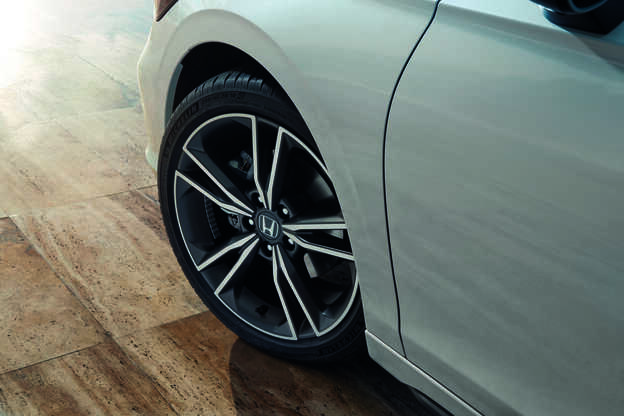Hybrid car battery FAQs
Thinking about a hybrid or already own one? Understanding your hybrid’s battery helps you get the most from your car. Explore key insights about battery types, lifespan, maintenance, and recycling in our easy-to-follow FAQ guide.
What is a hybrid car battery made of?
A hybrid car battery is either a nickel-metal hydride or lithium-ion type. Lithium-ion batteries are becoming a more common hybrid battery type as they are:
- Less toxic
- Better at retaining charge while not in use
- Able to perform even in high temperatures
- Capable of rapid recharge
- Lighter in weight
The lithium-ion hybrid car battery is also becoming more affordable as technology advances.
What size is a hybrid battery?
Hybrid battery size varies depending on the vehicle type. Plug-in hybrids (PHEVs) generally have larger batteries compared to self-charging models, providing longer electric-only range. Older hybrid models might have physically larger but less efficient batteries.
How much does a hybrid car battery weigh?
The average hybrid car battery weighs around 53.5 kg. However, this can significantly increase with plug-in hybrids, due to their larger capacity needed for extended electric-only range.
How long do hybrid batteries last?
Most hybrid manufacturers advise that the average battery life in hybrid cars is between 125,000 and 160,000 kilometres. With proper maintenance, it’s not uncommon for them to last even longer. For the average driver, a hybrid battery should last around 6 to 10 years.
How do I replace a hybrid car battery?
While you can purchase a hybrid car battery replacement outright, it’s not recommended to install it yourself. Visiting a specialist garage is the safest way to replace a hybrid car battery. This can also ensure the old battery is properly disposed of.
Are hybrid car batteries recyclable?
Yes – hybrid car batteries are recyclable and are expected to be recycled after use. Most professional garages should have a process for correctly recycling lithium-ion batteries as part of their hybrid battery disposal process. Honda is currently working in partnership with SNAM to give used batteries a “second life”. Electric vehicles and hybrid batteries could be utilised as storage for renewable energy once they reach the end of their usable life. Your Honda dealer can request the collection of end-of-life hybrid batteries by SNAM for treatment and recycling.
What happens if a hybrid car battery runs out?
If a hybrid battery runs low, your car will automatically switch to its petrol engine. This provides some charge back to the battery, but typically not enough to fully recharge it immediately. Your fuel consumption may temporarily increase during this recharging phase.
Can you still drive a hybrid car if the battery dies?
If your hybrid battery completely fails, your car won’t be drivable, and you'll need a replacement battery. Regular maintenance helps avoid this scenario, ensuring you always get reliable performance from your hybrid.
Related reading
Honda Hybrid Range Overview
05.09.25
What is regenerative braking and how does it work?
.jpg/_jcr_content/renditions/c2_r.jpg)
04.06.25
How reliable are hybrid cars?

25.03.25
Top tips on how to drive an automatic car

25.03.25
Top tips for driving an automatic car

19.03.25
What’s the difference between hybrid and electric cars?

19.03.25
What’s the difference between hybrid and electric cars?

